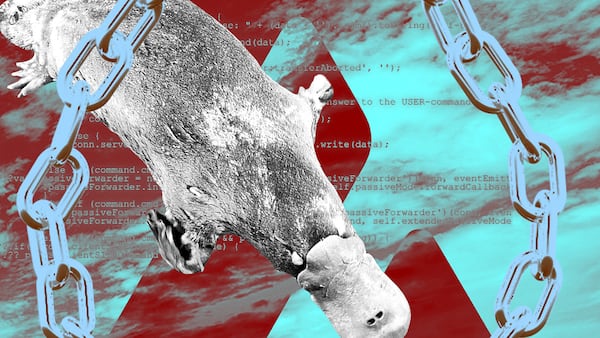- Avalanche is back online after an influx of inscription minting triggered a code bug.
- The bug has since been patched, and the network is running normally again.
- It’s not confirmed which inscriptions mint triggered the bug — but there are some clues.
Major blockchain Avalanche has become the latest victim of the inscriptions trend after a minting event knocked the blockchain offline for six hours on Friday.
Inscriptions are a new way to create NFT-like assets popularised on the Bitcoin blockchain.
As of 5:43 pm London time, Avalanche is back online, according to a message on the Avalanche incident report website. Data from Avalanche’s official blockchain explorer shows Avalanche’s C-Chain — the primary network — is processing transactions again.
It’s not confirmed which inscriptions mint triggered the bug in Avalanche’s code — but there are some clues.
At 11 am London time, DeFi protocol Struct Finance launched an inscriptions mint, offering more than 8.8 million tokens.
Half an hour after Struct Finance’s mint began, a message on the Avalanche incident report website said “a stall in block finalisation” was preventing new blocks from being accepted on the blockchain.
“We just broke the network,” Struct Finance co-founder Ersin Dalkali said in the project’s Discord — a messaging app — at 11:48 am.
A member of Struct Finance anonymously told DL News that the demand for the mint was high and that Struct was the only one that deployed a mint on Avascriptions at the time — but the Struct Finance member aren’t sure if they’re the cause, the person said. Onchain data viewed by DL News also shows that there were no other inscriptions mints happening on Avalanche during this time.
The official Struct Finance X account reposted a post from pseudonymous crypto trader Kaleo, who connected the project’s inscriptions mint with the Avalanche outage.
Now that Avalanche is back online, Struct Finance is continuing with its inscriptions mint.
Hitting an ‘edge case’
Patrick O’Grady, vice president of platform engineering at Avalanche creator Ava Labs, told DL News the outage was caused by a regression bug introduced in a recent software release. A regression bug is a bug that causes a feature that worked correctly to stop working after a certain event.
This bug caused validators — the computers responsible for verifying transactions — to exchange too much unnecessary information among themselves — what O’Grady called “too much gossip.”
The problem became apparent only when the blockchain faced significantly higher activity than usual, a surge he attributed to the “launch of an inscription mint.”
Due to the bug, validators ended up using all their allocated data bandwidth on this unnecessary data exchange, undermining their primary role of sharing vital messages necessary for the confirmation of new transactions. That led to Avalanche’s temporary halt.
Avalanche developers patched a new release allowing the blockchain to start processing transactions again.
During the outage, Ava Labs co-founder Kevin Sekniqi also said in an X post that the outage had likely been caused by inscriptions.
Sekniqi said that Avalanche’s outage wasn’t due to the blockchain’s inability to deal with large amounts of transactions at once. “Inscriptions seem to have hit the edge case, but inscriptions did not affect performance,” he said.
Because of their popularity and large mint sizes, several blockchains, including Arbitrum and zkSync, have buckled under the strain of hyped inscription mints in recent months.
Those incidents were ultimately caused by the respective blockchains struggling to process thousands of pending transactions.
Tim Craig is DL News’ Edinburgh-based DeFi Correspondent. Reach out with tips at tim@dlnews.com.




